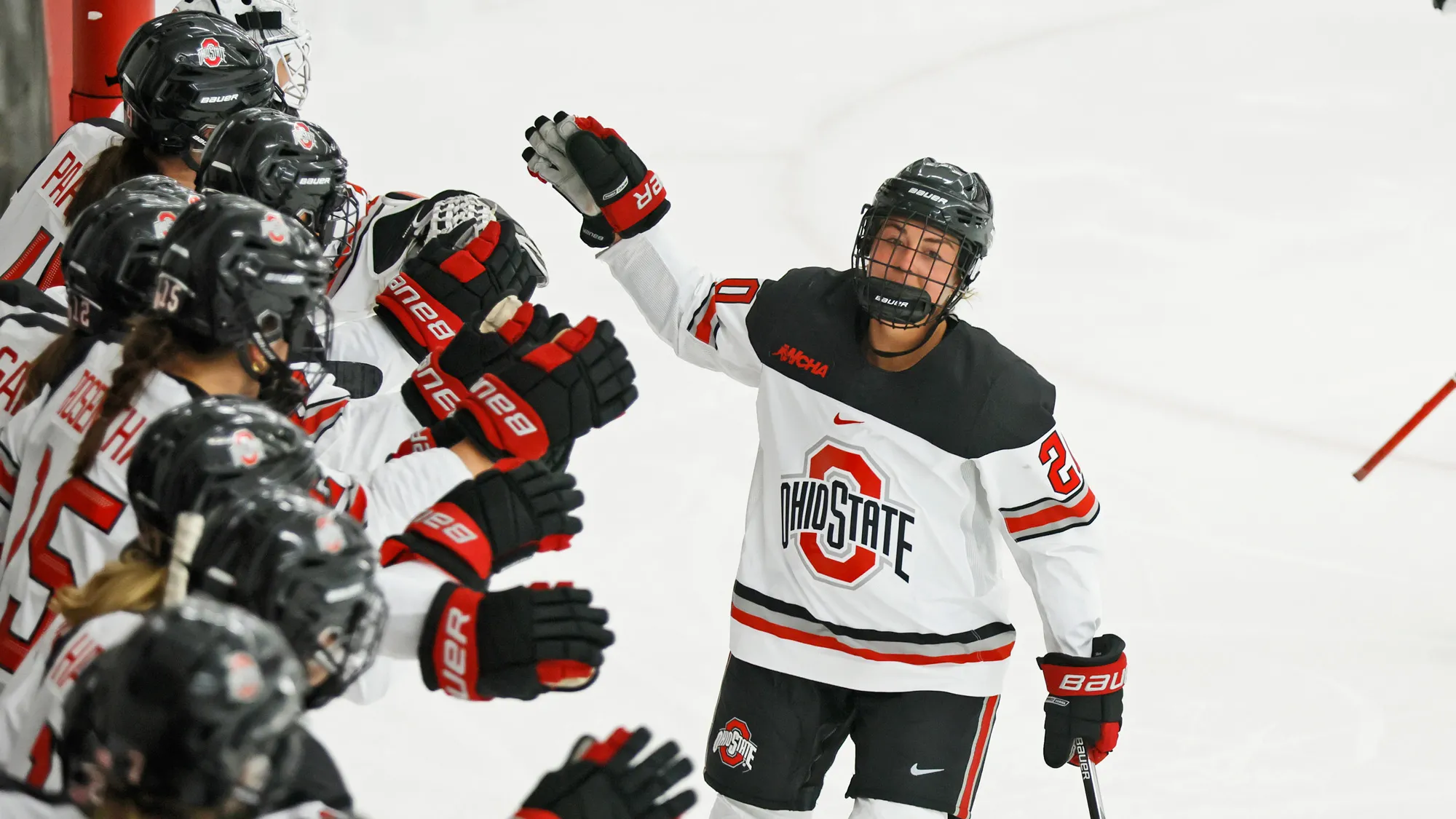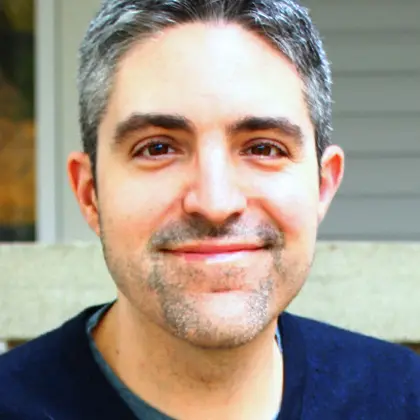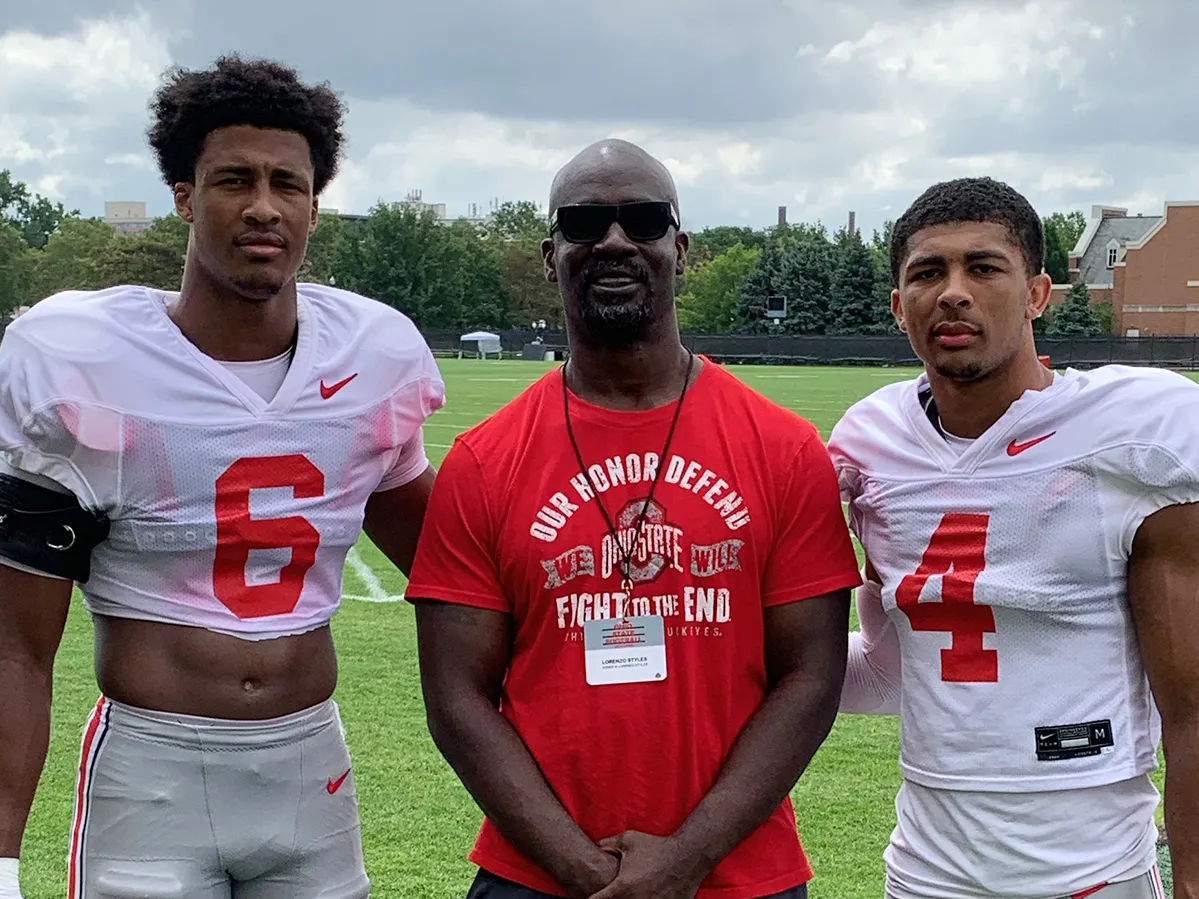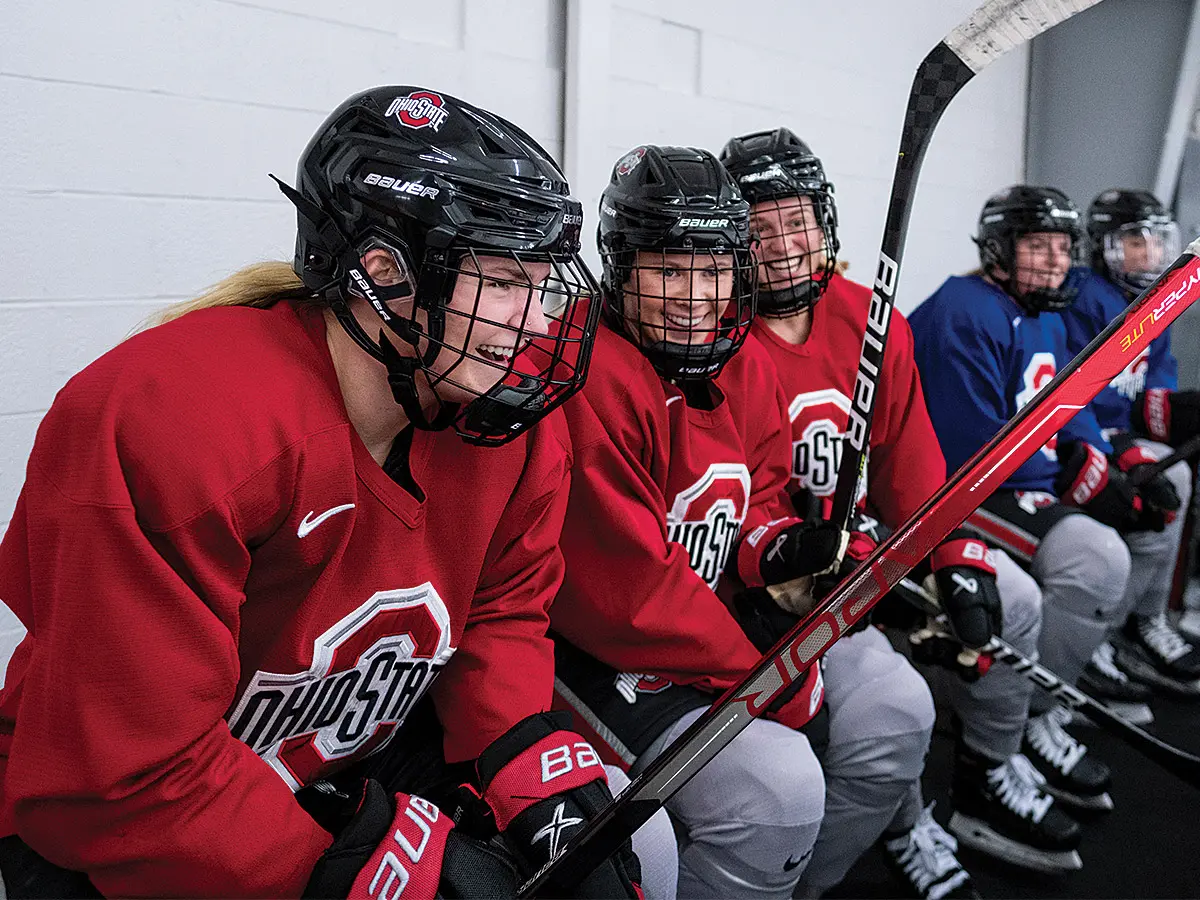This student-athlete’s philosophy: Double or nothing
With careful planning and willing coaches, Makenna Webster makes playing both ice hockey and field hockey work.

Senior communication major Makenna Webster transferred to Ohio State from Wisconsin in 2022. (Photo from Ohio State Athletics)
When Makenna Webster entered the NCAA’s student-athlete transfer portal in 2022, she had a clear objective: She wanted to find a school where she could be a two-sport athlete.
Webster was then known as an elite ice hockey forward. As a hotly recruited teenage prospect, she moved from St. Louis to Faribault, Minnesota, to play for prestigious Shattuck-St. Mary’s. In 2021, as a freshman at the University of Wisconsin, she and her team won a national championship and she was honored as the Frozen Four’s most outstanding player. But the Badgers did not have a field hockey program, and Webster really wanted to play field hockey again.
“From second grade I was playing both sports,” she says. “It was always in the back of my mind to play both in college.”
Webster grew up in an athletic family. Her dad, Dave Webster, played football at Kent State. Her mom, Sunny Hilliard, played softball at Texas. Her brother, McKade Webster, plays ice hockey at the University of Denver and was drafted by the Tampa Bay Lightning.
Neither ice hockey nor field hockey was a family tradition at first. A cousin’s club ice hockey career at Penn State inspired Webster and her brother to get in the rink. She found her way to field hockey when her gym teacher invited her to try out for a club team. Both sports became fixtures in her life.
At Ohio State, ice hockey coach Nadine Muzerall was thrilled at the thought of adding Webster to a team coming off its own national championship. The coach was hesitant about sharing her with the field hockey squad though, since an injury during that fall sport could impact winter ice hockey. But field hockey coach Jarred Martin, who coached Webster in the U.S. youth system, was just as eager to get her on his team.

Detailed training regimens and color-coded weekly schedules, which both her coaches collaborate on, help Makenna Webster succeed academically and on both teams. (Photo from Ohio State Athletics)
Three conversations changed Muzerall’s mind. Then-President Kristina M. Johnson advised that, especially while celebrating Title IX’s 50th anniversary, giving young women more options should be a priority. Muzerall’s husband reminded her that she herself had been forced to pick between hockey and soccer in college. And, “Makenna’s dad said it’s better to have her 80% of the year versus zero.”
When she arrived in Columbus for 2022 summer classes, it became clear the communication major could handle her academics and two sports. “She’s very good at managing her weeks, looking ahead to see what she needs to do for school, what she needs to do physically for both sports,” Martin says. “The cardio demands are pretty different,” with ice hockey players racing through one-minute shifts and field hockey players running around for long stretches.
Her coaches collaborate on a detailed training regimen — and even a color-coded weekly schedule — to help Webster avoid burnout.
“Playing two sports is very time-consuming, but they have such great resources, they made it easy for me,” she says of her coaches.
Webster’s teammates also support her dual commitment. “We had a game against Maryland for field hockey in the Big Ten tournament, and at that game every single ice hockey girl came and watched,” Webster says. “It was pretty cool.”
Webster’s coaches say it’s natural that other players would rally around her. Both cite her in-game speed and canny instincts near the goal, and also her humble, hard-working character and understated charisma.
“She does all the little things,” Muzerall says, “and she does the right thing when no one’s watching.”
Martin agrees. “As great of an athlete as she is, her best qualities are her competitive drive, she’s funny, always working hard. When we talk about qualities of our program, she lives them.”



